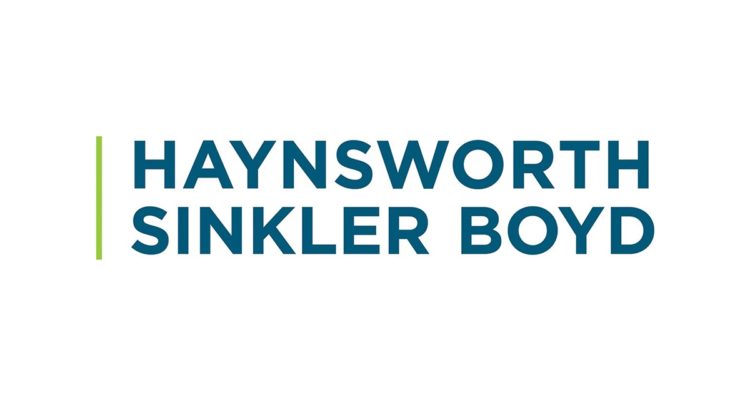
The IRS Employee Plans Compliance Resolution System (EPCRS) permits any plan sponsor of a retirement plan (including SEP and SIMPLE IRA plans) to correct plan failures. Three correction programs exist:
- Self-Correction Program (SCP) – authorizes corrections, consistent with recommended fixes for problems, without contacting the IRS or paying a fee;
- Voluntary Correction Program (VCP) – authorizes corrections that are not eligible for SCP and involve obtaining the approval of the IRS that the failures were properly corrected; and
- Audit CAP – the program for correcting failures discovered by the IRS or during an IRS audit that cannot be corrected using SCP.
Effective July 16, 2021, the IRS made significant changes that are in most cases beneficial to plan sponsors, participants and the retirement plan community. Those changes were published in IRS Revenue Procedure 2021-30. A plan sponsor may now fix an operational failure in a defined benefit plan that might exceed what is expressly permitted by the terms of the plan – for example, the need to seek repayment from a participant or beneficiary who received an overpayment is reduced and, in some cases, correction does not require the plan sponsor to reimburse the plan for an overpayment to a participant or beneficiary.
Previously, SCP would only be available in the case of significant operational failures when detected within two years. The correction period is now extended to three years.
New opportunities to utilize a “retroactive plan amendment” (to conform the plan document to recent plan operation) now exist because the requirement that all participants in the plan must benefit from the retroactive plan amendment is now removed. The primary requirements are now only that the amendment increases a benefit, right or feature for participants and that the correction is consistent with published correction methods. In some cases, a retroactive plan amendment that conforms the plan document to the past operation may be an inexpensive fix.
Currently, there is the possibility of an anonymous VCP submission. Beginning January 1, 2022, the new alternative procedure is that a plan sponsor or representative may make an anonymous written request for a pre-submission conference to discuss a potential VCP submission without fee. After the conference, the VCP submission, if made, can no longer be anonymous.
The definition of a “de minimis correction amount” is increased from $100 to $250. This is important because a plan sponsor is not required to implement a correction for a de minimis correction amount.
Last, there had been a correction option, friendly to plan sponsors, for a plan with automatic enrollment and contribution features when the employer failed to implement the automatic contribution features. If the problem was caught and corrected before the due date of the IRS Form 5500 for the plan, or, if earlier, shortly after being advised of the mistake by the employee, then no employer contribution would be required; rather, the correction would only require operating according to the terms of the plan and implementing the deferral for future periods, in a timely fashion. That correction option had previously only existed for failures before December 31, 2020, and the correction option had vanished in the sunset. This new release extends the correction option to failures occurring before December 31, 2023.
